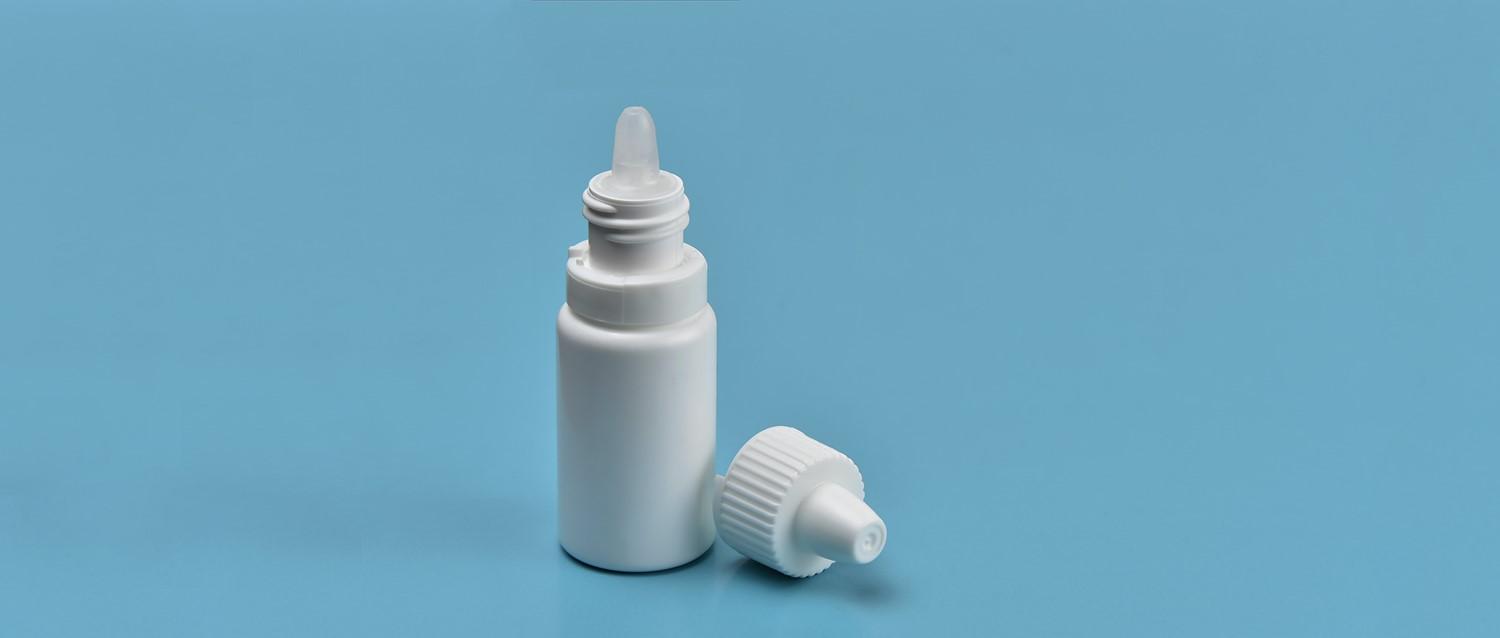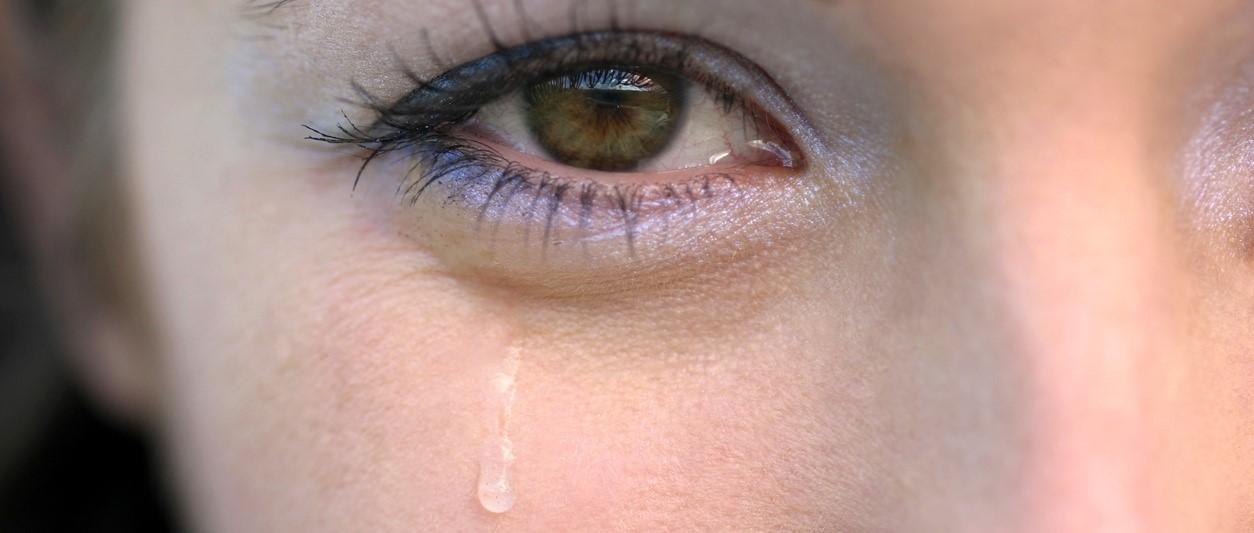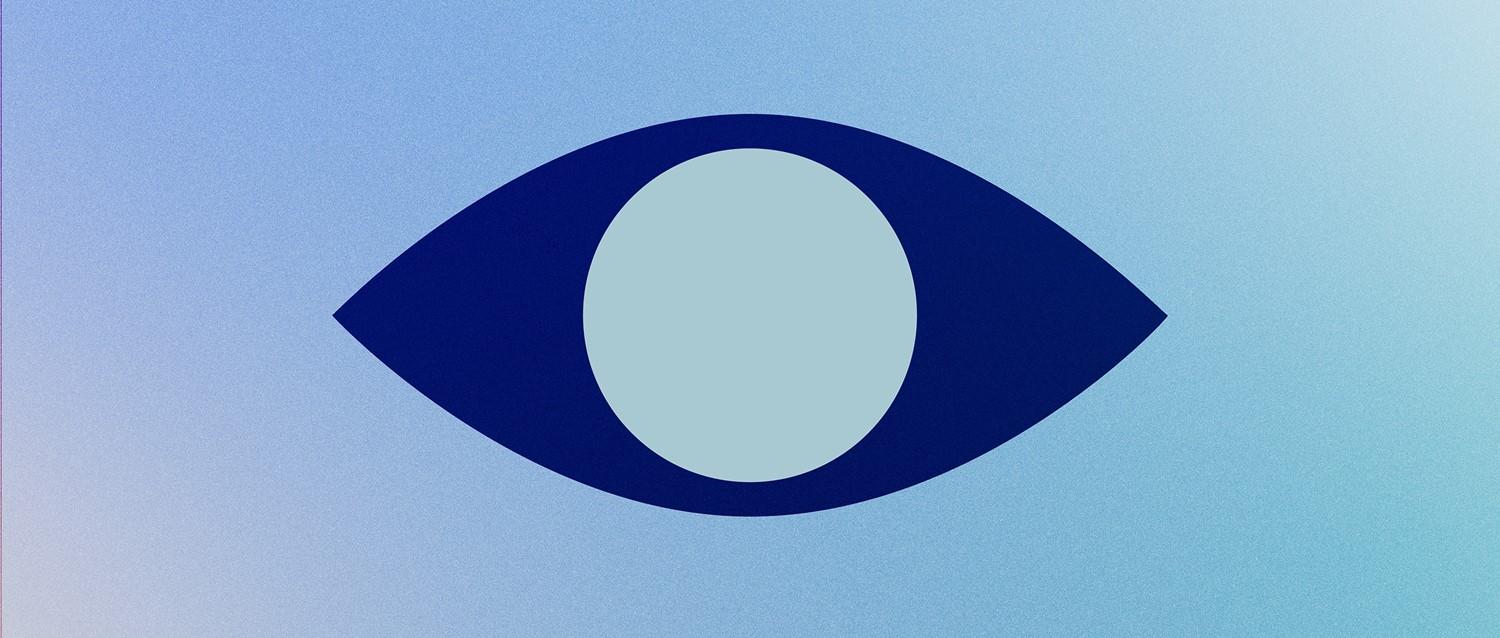
How to use eye drops
Peer reviewed by Prof Cathy Jackson, MRCGPLast updated by Dr Mary Harding, MRCGPLast updated 11 Oct 2017
Meets Patient’s editorial guidelines
- DownloadDownload
- Share
- Language
- Discussion
This leaflet gives general advice on how to use most eye drops. However, you may be given specific instructions which may vary from the advice below. If you have any queries, ask your pharmacist.
In this article:
Continue reading below
Using eye drops
Diagram showing how to use eye drops

Wash your hands and sit or stand in front of a mirror.
Take off the top of the bottle.
Bend your head backwards and gently pull your lower eyelid down.
Hold the dropper above one eye. Squeeze one drop into the pocket formed by gently pulling down the lower eyelid. Try not to touch your eye, eyelashes, or anything else with the dropper tip in order to keep it clean.
Let go of the eyelid and keep the eye closed for as long as possible (2-3 minutes at least) after application of the eye drop, with your head tilted down towards the floor.
Press gently on the tear duct (inner corner of the eye) with one finger for a minute.
Wipe away any liquid that falls on to your cheek with a tissue.
Repeat in the other eye if the drop is prescribed for both eyes.
When two different eye drop preparations are used at the same time of day, wait for at least five minutes before putting the second drop into an eye. This stops the first drop from being diluted or washed away.
Some useful tips about eye drops
Keep the bottle closed in a cool, dark place (unless otherwise advised).
Do not let the dropper or dropper nozzle touch your eye, fingers, or any other surface. This is to keep it free from germs.
Do not let anyone else use your drops and do not use anyone else's drops yourself.
Keep the eye drops out of children's reach.
Throw out the bottle (and get a new one if required) after the recommended time. This is often four weeks after first opening the bottle. There is a risk that the drops may become infected if they are kept and used for longer than advised. (One tip is to write the date that you opened the bottle on the label so you will know when it is time to throw it out.)
Some eye drops come in disposable single-dose units rather than in bottles.
You may get a taste of eye drops in your mouth, or a feeling that the drops are running down your throat. This is normal as the tear duct which drains tears to your nose will also drain some of the eye drop. To prevent this gently press on the tear duct for a minute or so after applying the drop. This will also help prevent any of the eye medication getting into the rest of your system,
Some eye drops sting or irritate for a short while. Rarely, some people are allergic to some eye drops. Tell your doctor if eye symptoms become worse after using eye drops.
Do not drive until your vision has cleared.
Do not wear contact lenses whilst using eye drops unless otherwise advised. (Some drugs and preservatives in eye drops can accumulate in soft contact lenses and may cause harm.)
There are devices available to help people who have difficulty squeezing the bottle accurately. Your pharmacist should be able to advise you on how to obtain one.
Continue reading below
How to give eye drops to children
This will depend on the age and co-operation of the child but can be a challenge. Depending on their age, you can:
Sit the child with their head tilted back.
Lay them flat on their back.
Ask another adult to hold them securely.
Wrap the child in a blanket to keep their arms and legs still.
Then apply the drop using the same instructions above.
If the child is very distressed and if it is the only way you can administer the drop, there is another option. However, this does not work so well; therefore, only use it as a last resort. Lay the child on their back with their eyes closed. Allow the drop to fall on the skin just next to the inner corner of the eye by the nose. As the child opens their eyes, some of the drop should enter the eye.
Patient picks

Eye health
Why do we cry?
It was the poet Ella Wheeler Wilcox who wrote: 'Laugh and the world laughs with you, weep and you weep alone.' This aphorism is only partly true. Although laughing is more infectious than crying, crying is almost as widespread an activity. Extend the definition to include the production of tears for any reason, and it becomes a universal phenomenon.
by Dr Laurence Knott

Eye health
Anatomy of the eye
When you look at an object you see it because light reflects off the object and enters your eye. Your eye focuses this light into an image on the layer of the eye called the retina.
by Dr Mary Elisabeth Lowth, FRCGP
Continue reading below
Article history
The information on this page is peer reviewed by qualified clinicians.
11 Oct 2017 | Latest version

Ask, share, connect.
Browse discussions, ask questions, and share experiences across hundreds of health topics.

Feeling unwell?
Assess your symptoms online for free